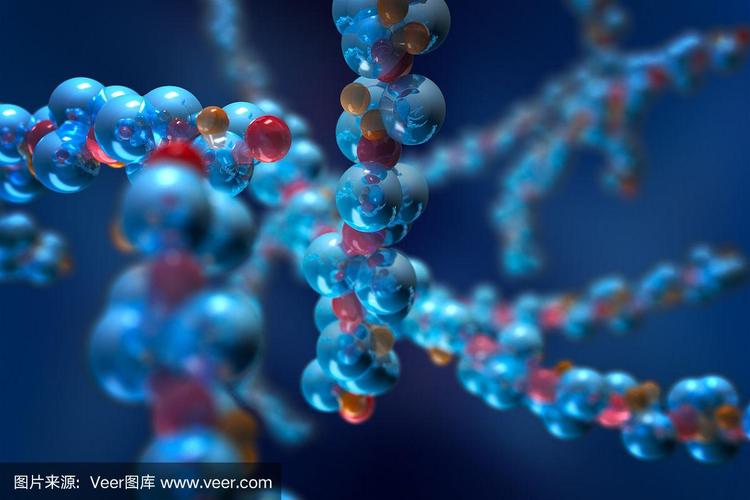
Are you curious about what makes peptide drugs unique compared to small molecule drugs? What unprecedented challenges do peptide drugs face on the road to quality research?Is it the precise sequence or the subtle structural changes? Is it the strict control of impurities or the relentless pursuit of stability?
Peptide drugs are compounds consisting of 10 to 50 amino acids, with molecular weights between small molecule chemical drugs (less than 500 Da) and protein drugs (more than 5000 Da), combining the advantages of the two types of drugs. Compared with traditional small molecule chemical drugs, peptide drugs are fundamentally different in their structure and mechanism of action, and their complexity and diversity are much higher than those of traditional small molecule drugs. Its complexity and diversity are much higher than that of traditional small molecule drugs.
Currently, the number of popular peptide drugs on the market is increasing year by year, for example, GLP-1 receptor agonists for the treatment of diabetes mellitus (e.g., Novo Nordisk's Ozempic, Wegovy, and Eli Lilly's Zepbound, etc.), and glatiramer acetate for the treatment of multiple sclerosis (the trade name of Copaxone® and its long-lasting version, GA Depot) are star products in the field of peptide drugs.